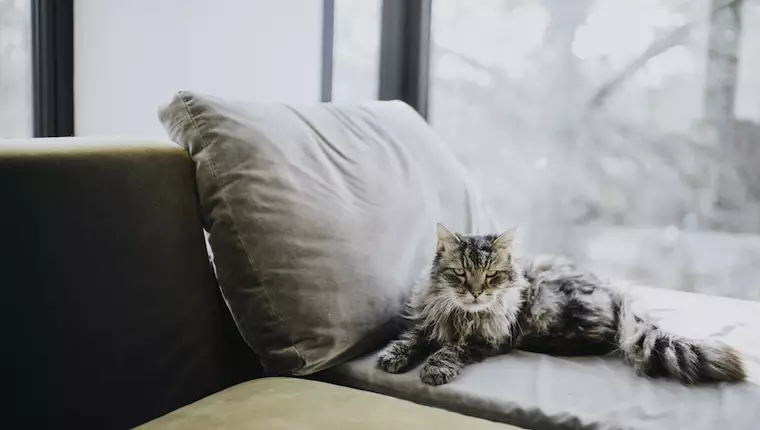As companions, cats hold a special place in our lives, providing joy, companionship, and a unique personality that varies from one feline to another. However, like all living beings, they are also susceptible to age-related changes, one of which is a gradual decline in hearing ability. Understanding this natural progression is crucial for cat owners who wish to support their furry friends through this challenge.
Hearing loss in cats often goes unnoticed until significant impairment occurs, primarily due to their instinctual behaviors. Early signs of this condition can be subtle but are vital for pet owners to recognize. One of the most apparent indicators is reduced responsiveness to sounds in their environment. For example, if a cat typically reacts to the rustling of a treat bag or the opening of a food can yet starts to ignore these familiar noises, it may signal a decrease in auditory sensitivity. Similarly, a lack of startled reactions to sudden noises—like ringing doorbells or the sounds of guests arriving—can suggest that a cat’s hearing is not what it used to be.
A noticeable change in vocalization can also be a sign of hearing loss in cats. Cats may begin to meow louder than before, which could stem from their inability to hear their own voice at typical volumes. This change often mirrors behavior adjustments that compensate for their shifting sensory perception. Furthermore, a cat’s sleeping patterns may change, with many exhibiting deeper sleep, seemingly oblivious to the usual sounds around them.
The leading cause of hearing loss in cats is typically age-related degenerative changes in their auditory system. Similar to humans, older cats may experience physical deterioration of inner ear structures crucial for sound transmission. In some instances, genetic factors may also play a role, particularly in certain breeds predisposed to hearing impairments.
If a cat owner suspects hearing loss, it is advisable to consult a veterinarian. A professional can conduct specific tests to determine the extent and nature of the hearing loss. Yet, even if a cat is diagnosed with hearing impairment or total deafness, it’s essential to understand that these conditions don’t equate to a lesser quality of life. Many cats adapt remarkably well to their reduced hearing capabilities.
Once you recognize signs of hearing loss in your cat, there are several proactive steps you can take to improve their comfort and safety in daily life. The first is to modify your behavior around them—becoming more visually expressive can make a considerable difference. For instance, use hand signals or gentle vibrations to get their attention instead of relying solely on sound.
Creating a safe living environment is also paramount. Ensuring that your home is free from hazards will help a hearing-impaired cat navigate safely. For example, blocking access to stairs can prevent accidental falls, and maintaining a consistent routine can help the cat feel more secure.
Additionally, maintaining regular veterinary check-ups can assist with any issues that may arise from hearing loss. The vet can offer strategies and suggestions tailored to the specific needs of your cat, reinforcing the idea that hearing loss can be managed effectively.
Caring for a cat with hearing loss can be an emotional journey, marked by both challenges and rewards. Understanding and accepting the changes that come with aging can help cat owners navigate this phase with compassion and care. While it may require adjusting certain behaviors, the bond between a cat and their owner can remain strong despite sensory impairments.
In moments of uncertainty, pet owners should remember that many felines experience hearing loss and continue to lead fulfilling lives. Engagement through visual cues and tactile stimulation can deepen the connection, ensuring that these beloved companions continue to enjoy a loving environment.
Recognizing and accommodating hearing loss in cats is essential for maintaining their happiness and health. By being proactive and compassionate, cat owners can create a supportive atmosphere where their beloved felines can thrive, even in silence.


Leave a Reply